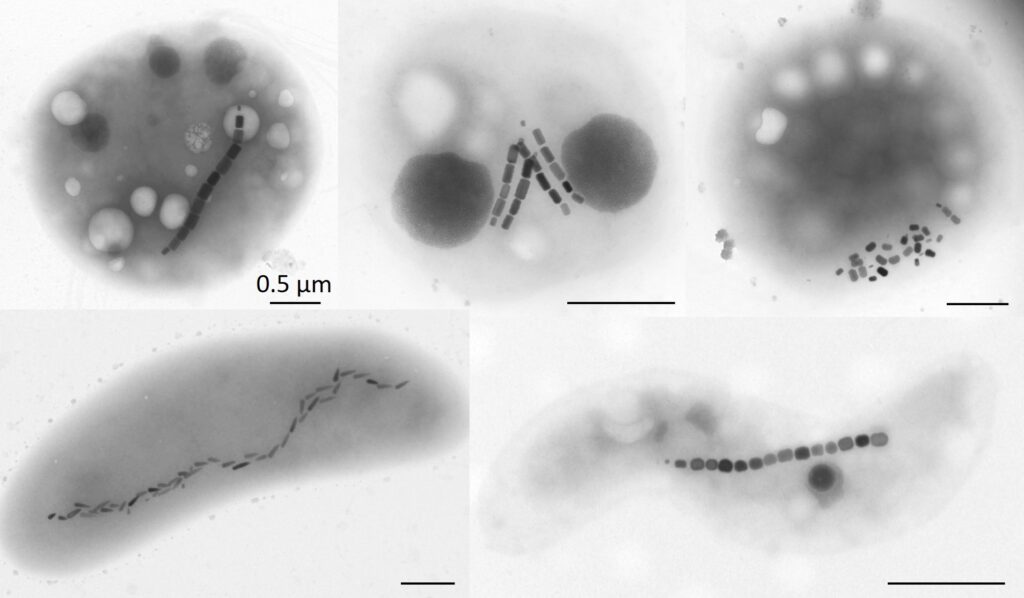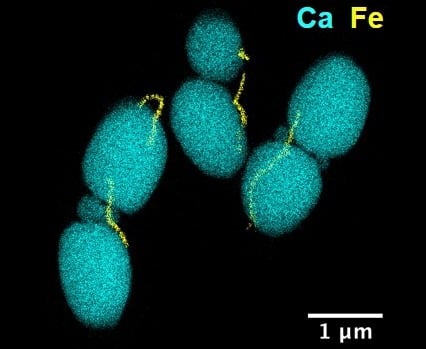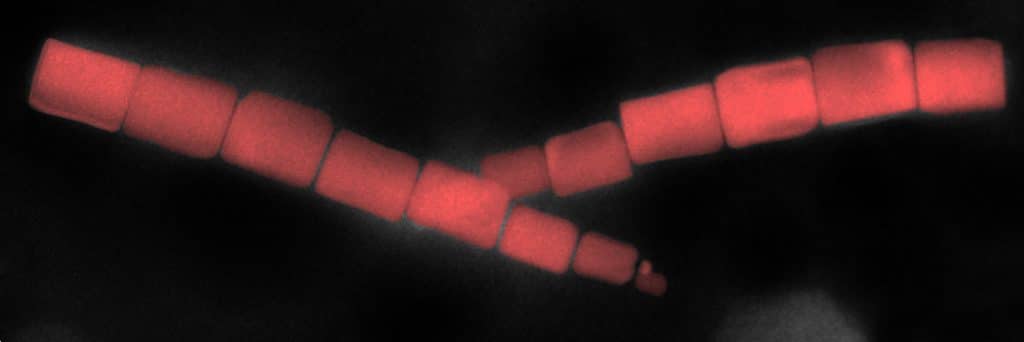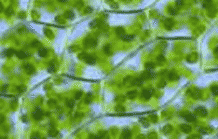You are here : Home City of energies > HOME BIAM > Search > Home BEAMM
BEAMM team
Biodiversity, Ecology and Adaptation
of Magnetotactic Microorganisms
Team objectives

We are conducting a diversity exploration mission to:
- Reveal new biological innovations and ecological strategies involved in the functioning and evolution of life
- To propose high value-added microbial models in the field of biotechnology

We are also interested in the underlying mechanisms to:
- Determine the genetic, molecular and physiological basis for the detection and sequestration of physiologically important or toxic chemicals,
- Elucidating the functional and evolutionary basis of highly specialised prokaryotic organelles, and
- Understanding the responses of microorganisms to environmental fluctuations and their impacts on biogeochemical cycles from the life cycle scale of the organism to the geological time scale.

Interdisciplinarity
These missions are carried out by several individual projects within a circular and integrative scientific approach at the team level, in which we address issues and systems at different scales of time and biological complexity; i.e. from the nanoscale to ecosystems, and from the molecular to communities. Our work is based on a network of interactions between global approaches exploiting the latest generation of high-throughput data and mechanistic and multidisciplinary approaches involving aquatic sampling, culture, microbial physiology, biochemistry, molecular biology and various approaches to microscopy, spectroscopy and molecular phylogeny.

Ongoing fundings
Ø 2024-2025 : Programme de recherche à risque CEA, action d’amorçage (Coordination C. Monteil). Collaboration with E. Pelletier (Genoscope, Evry) and K. Benzerara (IMPMC, Paris).
Exploration de la biodiversité et culture des microorganismes photosynthétiques pour les biocarburants de demain
Ø 2024-2025 : Appel à projet interdiscilinaire IM2B. P. Ortet in collaboration with C. Jourlin-Castelli (BIP, Marseille).
Décryptage du réseau de régulation impliquant le régulateur central du chimiotactisme et des acteurs de la synthèse et de la détection du di-GMPc par une combinaison d’approches in silico, in vitro et in vivo
Ø 2024-2026: ANR PRC MTB-CPR (Coordination C. Lefevre). Collaboration with R. Méheust (Genoscope, Evry).
Deciphering the ecology and functioning of the symbiotic relationships between nanobacteria (CPR) and magnetotactic bacteria
Ø 2022-2025: ANR PRC SymbioMagnet (Coordination C. Lefevre). Collaboration with N. Menguy (IMPMC, Paris) and D. Vallenet (Genoscope, Evry).
Deciphering the biodiversity, ecology and evolution of magnetotactic symbiosis
Ø 2022-2025: ANR PRC CarboMagnet (Coordination C. Monteil). Collaboration with K. Benzerara (IMPMC, Paris), D. Vallenet (Genoscope, Evry) and D. Jézéquel (IPGP, Paris).
Contribution of magnetotactic bacteria forming intracellular carbonate mineral phases to the sequestration of inorganic carbon and alkaline earth elements
Ø 2021-2024: ANR PRCi franco-allemande ANCESMAG (Partner C. Lefevre). Collaboration with D. Schüler (Bayreuth University) and G. Perrière (LBBE, Lyon).
Ancestral sequence reconstruction and functional expression of proteins involved in bacterial magnetosome biogenesis.

Team manager
Christopher LEFEVRE
Key words
Microbiology, microscopy, ecology, biodiversity, evolution, biomineralization, magnetotaxis, chemotaxis, two-component systems (TCS), symbiotic interactions, molecular biology, genomics, data mining, artificial intelligence (AI).